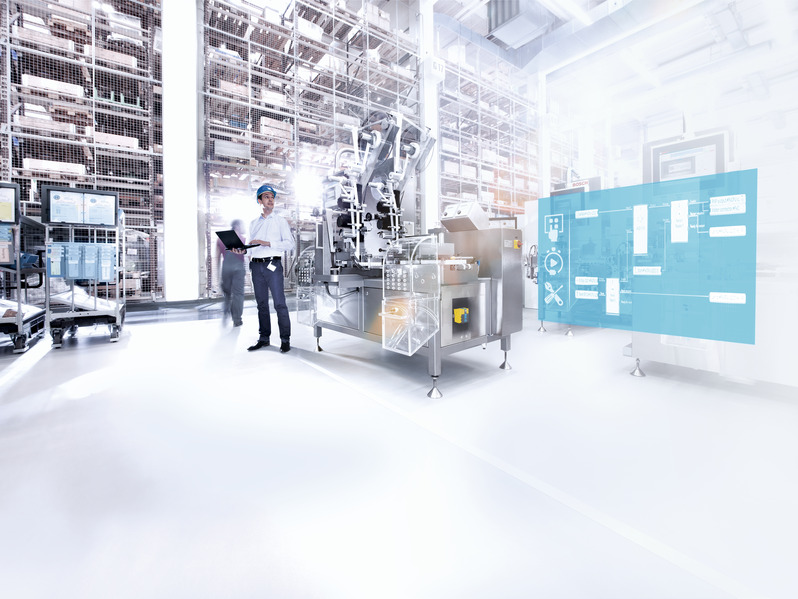What is Digital Transformation and why does it matter?
A term that refers to the connectivity, advanced analytics, automation, and advanced technologies that help companies improve productivity, enhance efficiency, and get to market faster, smart manufacturing was already gaining momentum pre-COVID.
Its role has become even more critical in the backdrop of this and other crises. “Players utilizing digital solutions are better positioned to weather the storm,” McKinsey points out, “having moved faster and further than their peers during the crisis.”
For fulfillment operations, digital transformation provides high levels of operational visibility, more accountable operators, and the information that supports flexible, actionable decision making. As the “glue” that binds digital transformation together, intelligent sensors help companies integrate systems, connect devices, achieve transparency, and improve cybersecurity.
Ultimately, digital transformation is about better leveraging data on the distribution center (DC) floor, in manufacturing plants, and out in the field. When companies connect these and other business components onto a single network, they gain access to valuable data that supports good decision making. This, in turn, supports a better customer experience and also helps the company improve profitability.
“So, with digital transformation, companies can take sensor data, route it to the cloud, and then utilize complete sets of industry-accepted cloud services to improve the logistics process,” Bill Colwell, account manager and logistics automation consultant at SICK, Inc., explained.
When that data is shared across the supply chain—and not kept close to the vest in the DC—the benefits of digital transformation expand considerably. Not only does visibility increase, but warehouse operators suddenly have the information they need to be able to make their facilities more efficient, productive, and profitable.
What does a digital transformation application look like?
Take the company that’s using a shipping sorter to supply containers to specific takeaway lanes, for instance. If those lanes are going to trucks, any systematic labor issues (i.e., someone who isn’t feeling well, or who is just coming off a break) could translate into unmonitored takeaway lanes. This, in turn, could lead to backups, overfilled lane conditions, and less product inducted into the sorter. These and other issues can significantly impact a facility’s efficiencies.
Add sensors to the equation and that scenario shifts dramatically. Lanes are monitored around the clock, problems are addressed quickly, and alerts can be put in place to ensure high levels of accountability. From there, companies can extrapolate lost volume and begin creating an environment where associates must quickly address the facility’s volume impediments.
Using good encryption, these digital transformation technologies also ensure high levels of security—yet another benefit that earlier technology platforms couldn’t boast.
“A properly implemented digital transformation system incorporates hardware that’s addressed the encryption issues,” said Colwell. “There are also standards in place that SICK builds into its sensors and equipment, and guarantee that both static data and dynamic data is encrypted from point A to point B.”
Want to learn more about digital transformation solutions?






